The food offered to God is called 'Naivedhyam'. It is one among the 16 upacharas performed to a Hindu deity. The offering becomes prasada when it is received by the devotee and there is sanctity attached to it. According to 'Ferro-Luzzi' the choice of offerings is governed by factors such as tradition (both written and oral), availability, financial possibility, local cuisine, convenience of preparation, season and origin of god and cults, purity and pollution, character of gods and foods.
The Upanishad calls food as the Brahman itself. It is the foundation of life, and so to be grown and fed to all. Food is offered on a large scale in many temples of India regulated by rules in terms of preparation and timings. The deity is offered a whole variety of food from morning to night at regular intervals amidst the daily rituals along with special offerings on specific days and during festivals.
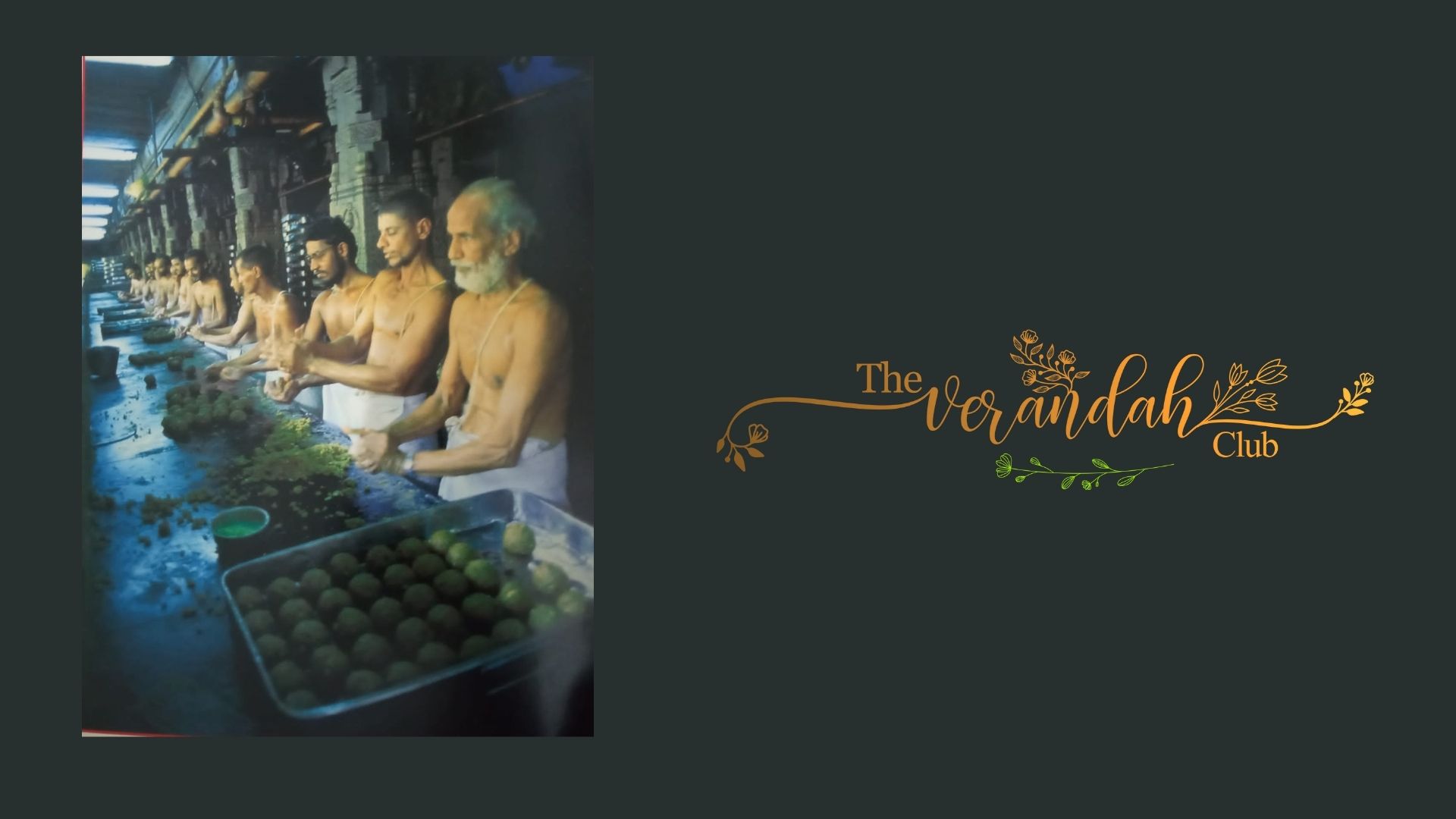
Let us trace the origin and various food offerings at Tirumala in detail.
As we know 'Vaikhasanam' is the agama that governs the rituals of the temple here. Agama prescribes certain rules regarding food such as location of the kitchen, kinds of utensils and firewood to be used (fire has to be brought from Yagasala) etc…The quantity, ingredients, composition, kind of food to be prepared and manner of preparation are elaborated in detail. After the preparation, even the cooks should not smell the food, and it may not be glimpsed by any outsiders. The cooks are required to cover their noses and mouths while preparing Naivedyam. It should not be overcooked and is offered with specific Mantras with the doors of Sanctum closed. Agamas are particular about the timings of the offering as well. In Tirumala a bell is rung to indicate the distribution of Naivedya. The three primary offering's Bala, Raja and Sayana bhogam are denoted by three bell rings here. In addition to this there are several other foods and savories offered on several special occasions.
'Thiruponakam or Suddha Annam' which is nothing but cooked rice offered with ghee is the earliest known food offering. Sometimes it is offered with split green gram known as 'Parippu aviyal Thirupon Akam'. The quantity was four nalis of cooked rice as per a 966 AD inscription.
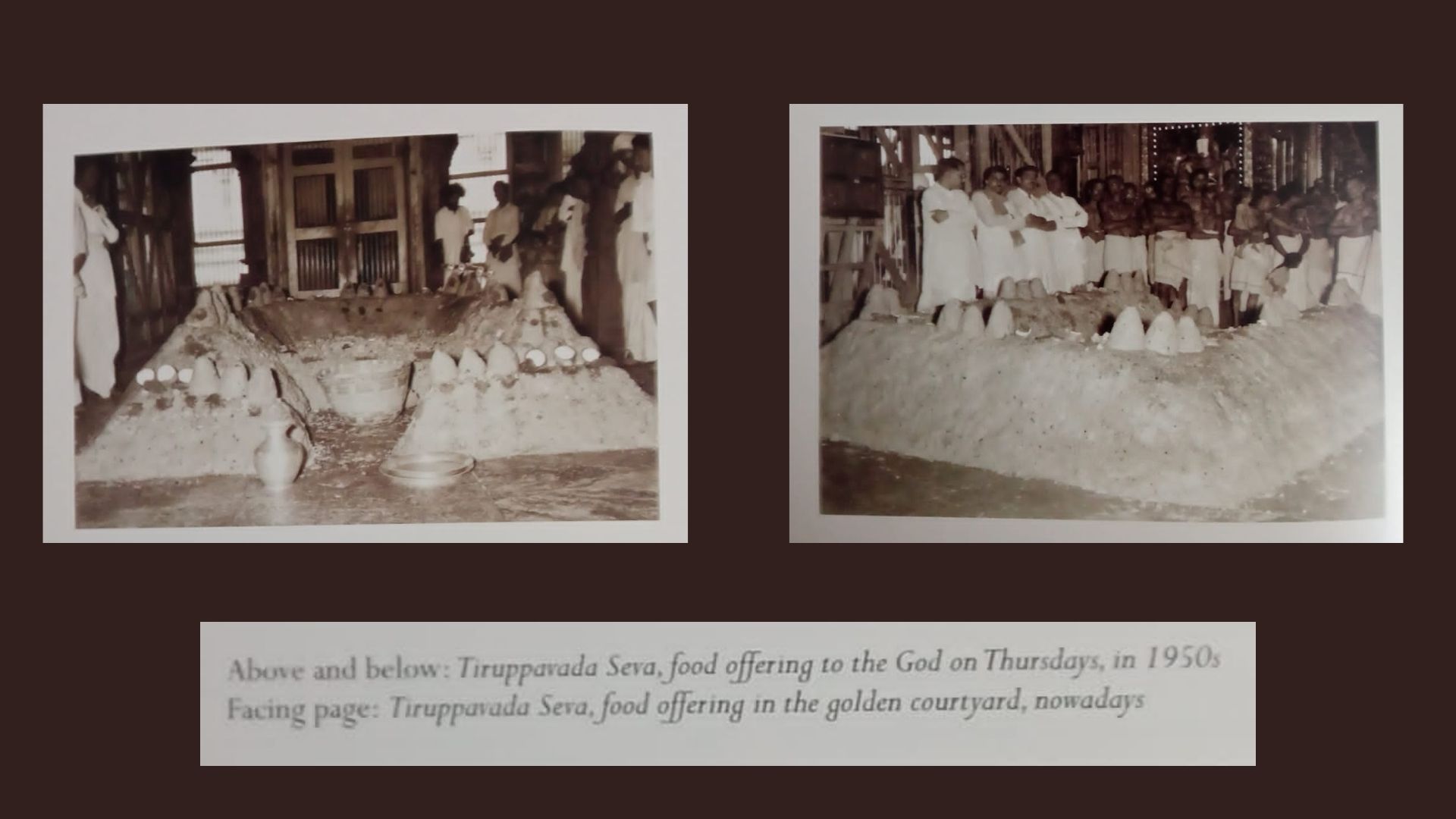
A 1262 AD sarvamanya grant of Yadavaraya mentions items such as ghee and vegetables and its quantity offered along with cooked rice. Yet another inscription of 1225 AD at Yogimallavaram has reference to an earlier period chola Inscription with details about the ingredients of Amudhupadi and Thirumanjanam. They are vegetables, ghee,milk, curd, cuscus grass, split pulse, tamarind, sugar, tender coconut, pepper, betel nuts and chandanam.
Until 1332 AD several inscriptions merely say the endowment is for Amudhupadi and Sathupadi of Thiruvenkatamudaiyan. Ranganatha Yadavaraya inscription of 1354 AD describes the food offered during a festival which is 1 kalam rice of Amudhupadi and Matrai, ghee, pepper, salt, vegetables, appapadi, thirukanamadai, adyakaamudhu and betel leaves. To note here is there was no mention of Appapadi and Thirukanamadai being offered before Ranganatha from Srirangam has been bought here. The food offered might be of the simplest kind and limited in quantity in earlier periods as is evident from an inscription as early as 1200 AD which says people should be satisfied with what is offered from the temple. During festivals special provision was made for feeding pilgrims was known from a 1302 AD inscription of Vijayakandagopala and Brahmins of Nerukku Village. We see from a 1328 AD inscription a large-scale preparation of food offering started. One Singaiah Dandanayaka made provision for feeding 32 Brahmins daily in his matam in Tirumala.
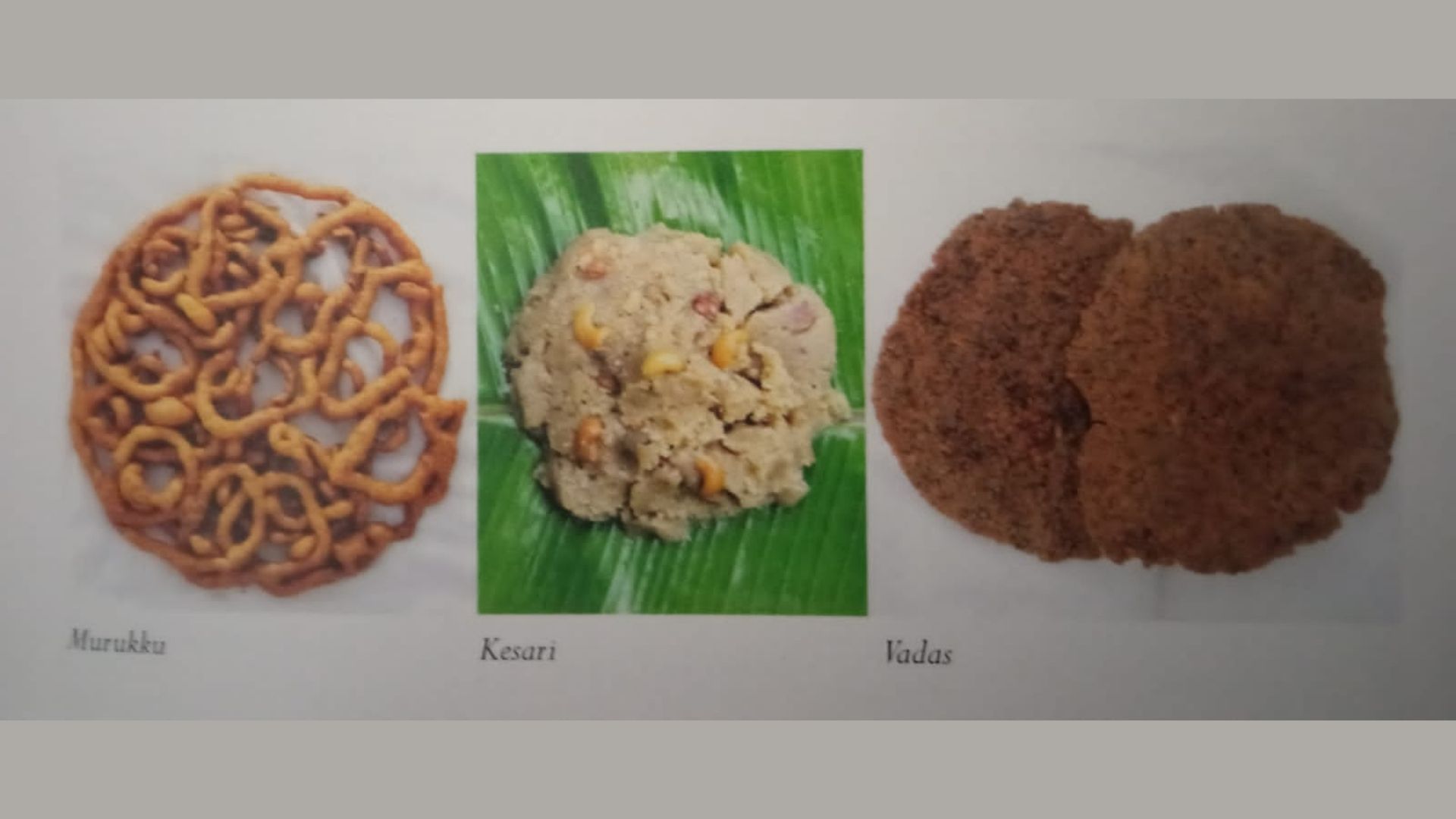
When the processional deity is in Darbar a certain type of definite quantity of cooked, fried and baked food is offered during festive occasions. This offering is collectively called 'Thiruvolakam'. This term is found in inscriptions from 1380 AD. From the time of Vijayanagara kings there was prosperity and a variety of food was offered like pudding, cakes and sweets. Vagaipadi (fried food) came in vogue during the time of Saluva narasimha and offerings increased multifold in variety and quantity. Athirasam, Vadai, Sugiyan, Sidai, Iddali, dosa and Puri started appearing as offerings after the 15th century.
Bengal gram was first used to prepare Paniyarams from 1528 AD. Black gram since 1468 AD for preparing Vadai. Tamarind from 1547 AD. Chilly, gingelly oil or Cashew nut were never used during the inscriptional period. Godi was prepared from Wheat flour from 1473 AD. Aval and Pori finds its mention in 1494 AD inscription during a Karthigai festival. Daddhonam is a modified version of Matrai from the 15th century.
Paruppuaviyal Tiruponakam, Venpongal, Panchadara Pongal, 5 varieties of Ogirri, Paled Kulambu, Bhettanikkai, Khandasarkkarai, Sambhara ellu podi, Tentalaipadi, Junnapadi, Panchamrutham, Kalkanda Tiruponakam, Aval, Pori and Paniyaram. 13 varieties of fruit were offered and distributed during Phalotsavam.
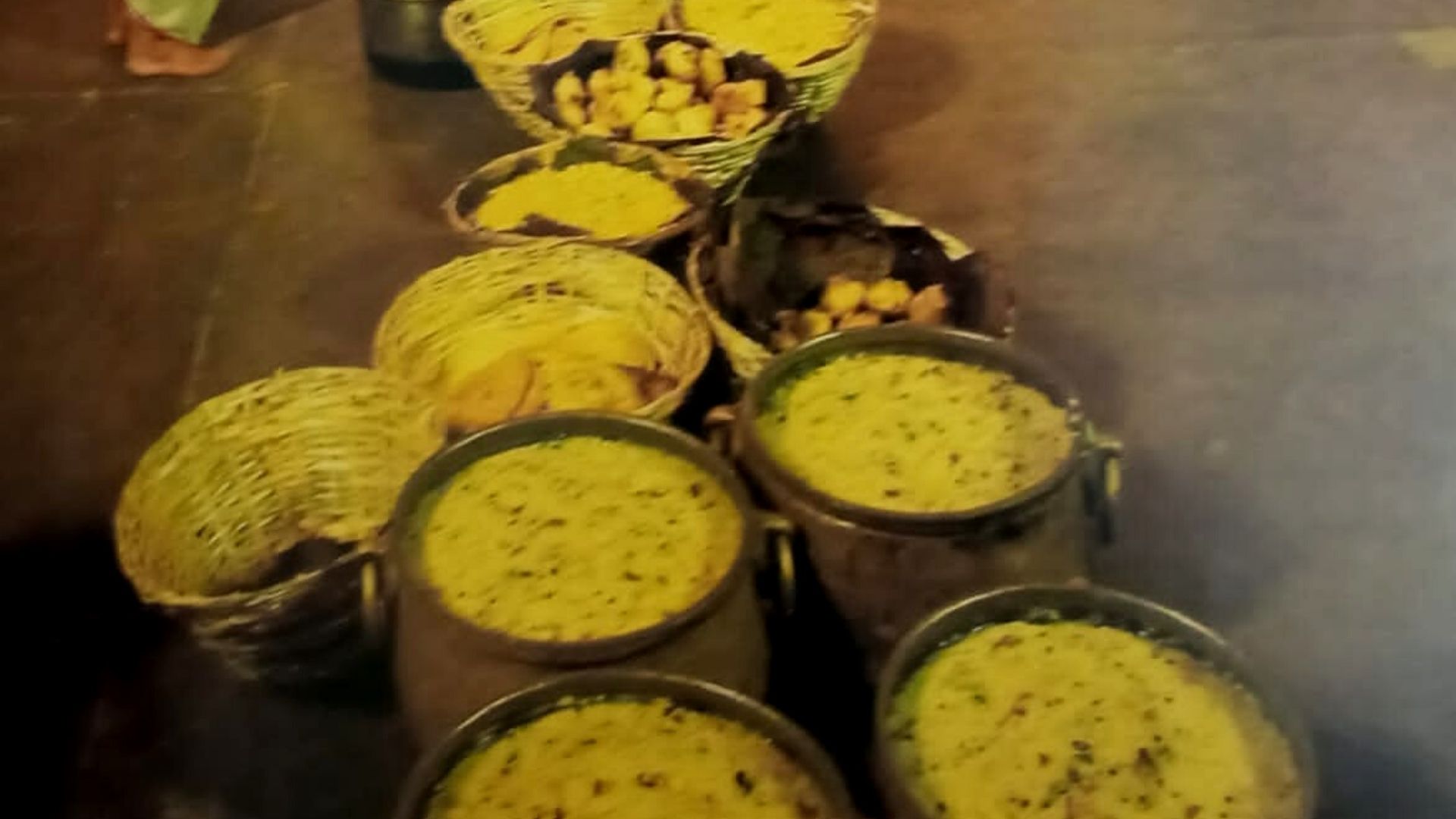
Thiruppavadai is a food offering in large scale along with other delicacies spread on the floor in the Mandapam before Bangaru Vakkili in trapezoid shape and delicacies placed on top. It was offered to Koluvu Srinivasa and was removed to feed the poor. Rajanna Tiruponakam with 4 kinds of Kuttukari, Pachadi, Paal Kulambu, Rasayanam and Ambili were endowed for the purpose of mass feeding and it was served hot after being offered to God. It was sent to ramanuja kootams established for mass feeding.
This kitchen is a very ancient one. All prasadams offered to the Lord are prepared here with pure ghee. Nowhere in the world are ‘Prasadams’ of this magnitude prepared. It is believed that Vakula devi, the Foster mother of Lord Srinivasa, supervises the preparation of food relished by her son. She continues to supervise the preparation of all the prasadams for the Lord. So a peep hole is made in the wall for her to oversee the preparations in the kitchen.
The temple kitchen is located in the route of Sampangi Pradakshinam. This kitchen is referred to as ‘Padi potu’. Sweets and savories like ladoo, vada, appam, dosa, poli, sukhiya, jilebi, and so on, which are offered to the Lord are prepared here in large quantities.
Let me conclude with details of the food offering currently in place at Tirumala.
Go Ksheeram (fresh milk) and Navaneetam (butter) is the first offering in the early morning after Mantrasanam ritual around 3 Am. Venkateswara. Suprabhatam is then followed by Tomala Seva and SahasraNama archana.
After the Yartraasanam the ritual where Koluvu Srinivasa is placed in court and Panchangam and the day’s temple affairs are read to the lord and previous day income and expenditure accounts are submitted. A mixture of powdered dry ginger, black Til and Jaggery is offered. After Mantrasanam, the Snanasanam (the celestial bath) and Yatra Sanam (conducting Durbar) are performed as part of the Archana. Now it is the time for offering food to the Lord and this ritual is called Bhojyasanam.
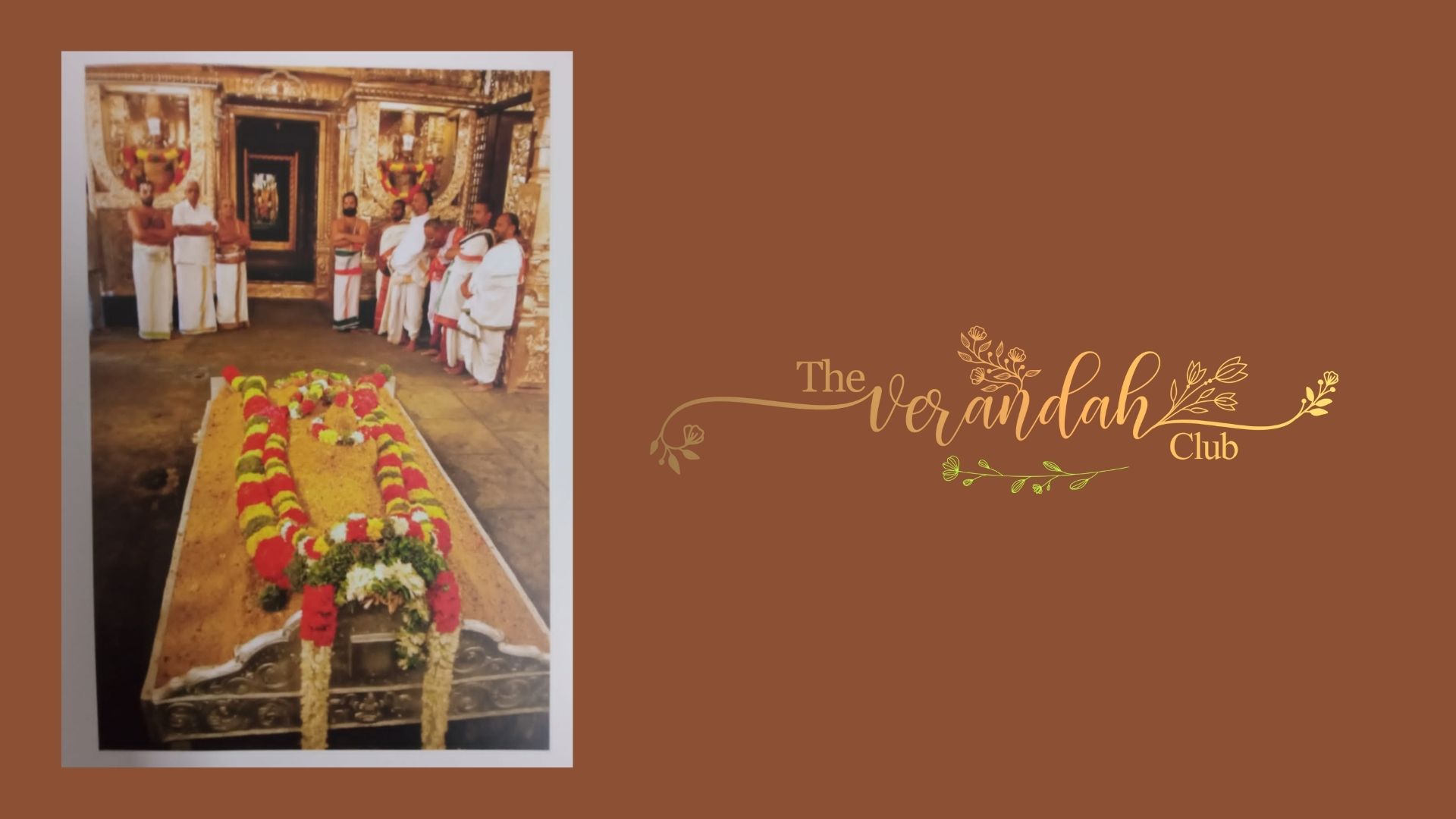
For “Divine Break Fast” after First Bell in the temple, Anna prasadams like Matrannam,
Mudgannam (ghee pongal), Tintrinirasannam (tamarind rice-pulihora) Dadhyodhanam
(Curd rice), Gudannam (jaggery rice, Chakra Pongal), Sakannam (kadambam rice made of vegetables), Shakkarannam (Ravakesari) are prepared. Besides these, four other kinds of snacks or Panyaramulu (savory) are served. They include Ladukam (Laddu), Mashappam (vada), Gudappam (appam), Chakrappam (dosa).
After devotees take their darshan during Sarvadarsan, Raja Bhogam along with Ashtottara Sata Namarchana are performed. After the second bell, the Lunch or Raja Bhogam menu emerges to Lord. The delicacies during this hour include Suddhannam (basic white rice), Pulihora Gudannam, Dadhyodhanam, Seera or Sakkarabath.
For Dinner or SwayamBhogam after the third bell, Marichyannam or pepper rice, Chakrappam, Dosa , Ladukam, Mashappam, Sakkarannam are offered.
At the end of the Sayana Bhogam, the midnight food offering known as ‘Tiruveesam’ is offered to him. It contains white rice and a lovely flavored rice made with jaggery and called Gudda Kannam.
The last ritual of the day, Ekaanta Seva ends with an offering of warm milk, along with seasonal cut fruits and dry fruits roasted in ghee are offered as the last Naivedyam of the day.
Besides these prasadams, there are special extra preparations of food offered to Lord, such as
• Chalimidi Pindi known as Amritha Kalasham on Sunday,
• big vadas on Monday,
• Ksheerannam on Wednesday,
• Jilebis and Tene tolalu on Thursday,
• Purana Bhakshyalu and Sukhiyalu on Friday.
Tenali Ramakrishna humorously calls him "Tindi Mendayya" meaning one who is fond of a variety of delicious dishes.
References:
• Bhog Naivedya food offerings to the gods by Sujata Shukla Rajan
• Tirumala sacred foods of God by Kota neelima and A.V.Raana dikshitalu
• History of Tirupati by TKT. Viraragavacharya
• The logic of South Indian food offerings by Gabriella Eichinger Ferro-Luzzi
• Jewels set in stone: Hindu Temple Recipes in Medieval Cola Epigraphy by Andrea Gutierrez
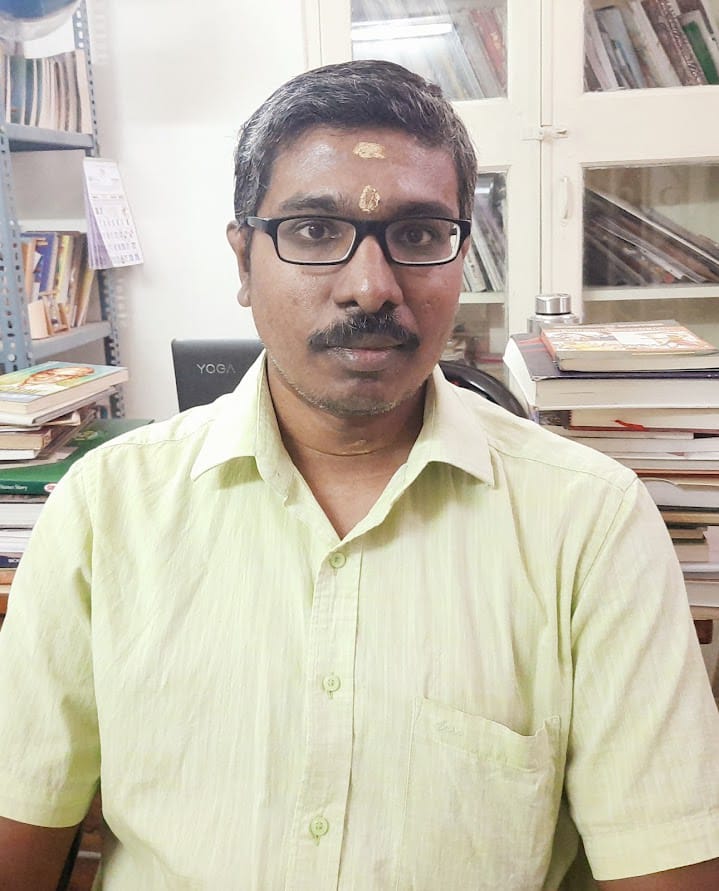 S. Gnanaprakash is history, religion, dance, and music enthusiast. He serves in the IT sector. He is keen to establish a cultural centre and a temple in the near future. His vast collection of books, videos, audios along with fine copies of art are one of its kind in Western Tamil Nadu.
S. Gnanaprakash is history, religion, dance, and music enthusiast. He serves in the IT sector. He is keen to establish a cultural centre and a temple in the near future. His vast collection of books, videos, audios along with fine copies of art are one of its kind in Western Tamil Nadu.
NEXT ARTICLE